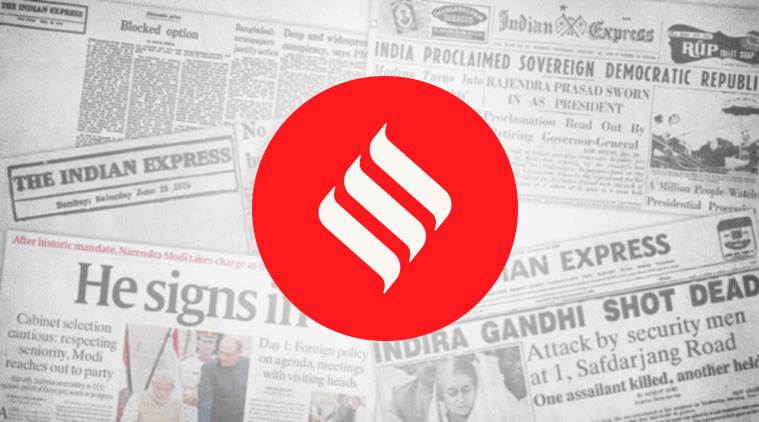Opinion Canberra connect
Modi-Morrison summit brought welcome progress on security cooperation, but question marks remain on trade.
 Country needs to evolve well-rounded protocols for managing disasters, not look at them as only administrative problems.
Country needs to evolve well-rounded protocols for managing disasters, not look at them as only administrative problems.  If Delhi and Canberra were ranged on opposite sides of the Asian strategic divide during the 20th century, this week’s summit highlights the strategic convergence between them in the 21st century.
If Delhi and Canberra were ranged on opposite sides of the Asian strategic divide during the 20th century, this week’s summit highlights the strategic convergence between them in the 21st century.
Australia has loomed large in modern India’s consciousness — as the land of cricket champions. There was little else binding the two nations during the 20th century despite the shared English language and common political values. Over the last decade, though, there has been a steady improvement in the quality and intensity of the political, commercial, cultural, educational and technological engagement between the two nations. This was reinforced by the Indian diaspora, now 7,00,000 strong in a nation of just 25 million and the fastest growing ethnic minority Down Under. Prime Minister Narendra Modi’s visit to Australia in 2014, the first since Rajiv Gandhi travelled there in 1986, signalled Delhi’s new commitment to end the prolonged political indifference towards Canberra. The virtual summit between Modi and the Australian Prime Minister, Scott Morrison, this week has taken some big steps to elevate the strategic partnership between Delhi and Canberra.
It was no surprise that defence and security cooperation have been at the core of the outcomes from the deliberations between the two leaders. The muscular assertiveness of a rising China and the uncertain trajectory of America are compelling most Asian middle powers to insure against the new dangers by enhancing mutual cooperation. Both India and Australia have been stepping up their strategic collaboration with other key nations in the region, including Japan, South Korea, Vietnam and Indonesia. It was a matter of time before Delhi and Canberra elevated their own bilateral security cooperation in response to a rapidly changing regional environment. A major highlight of the summit meeting was the declaration on the shared vision for securing the troubled waters of the Indo-Pacific. This vision was reinforced by a mutual logistics support agreement that offers the armed forces of the two nations reciprocal access to each other’s military facilities and facilitates seamless cooperation across the high seas. Equally significant was a third agreement for cooperation in cyber and cyber-enabled critical technology domains.
If Delhi and Canberra were ranged on opposite sides of the Asian strategic divide during the 20th century, this week’s summit highlights the strategic convergence between them in the 21st century. While the focus on security is both necessary and urgent, there is no escaping the big gap between the two leaders on regional trade agreements. While Modi’s India has turned its back on the RCEP — an Asia-wide trade pact — Morrison is a strong supporter. The two leaders did agree to renew stalled negotiations on bilateral trade. India has declared its interest in negotiating bilateral trade with a number of like-minded countries like the US and Europe. But Delhi’s inability to wrap up any new bilateral trade negotiation casts a dark shadow over its vigorous security diplomacy. The failure to rejuvenate the domestic economy, confusing political rhetoric on self-reliance, and ambivalent trade posture now threaten to undermine the possibilities for expanding the arc of India’s strategic partnerships across the Indo-Pacific and beyond.






